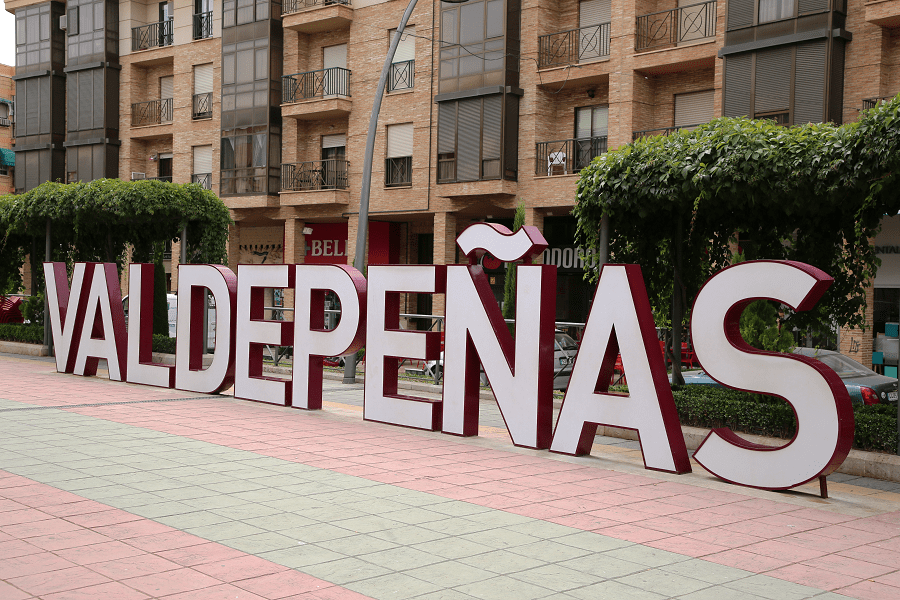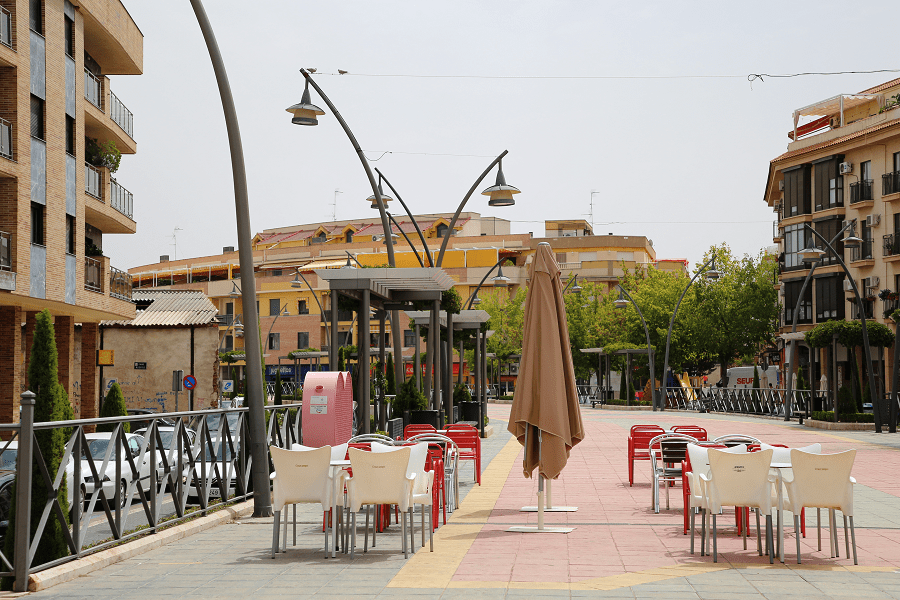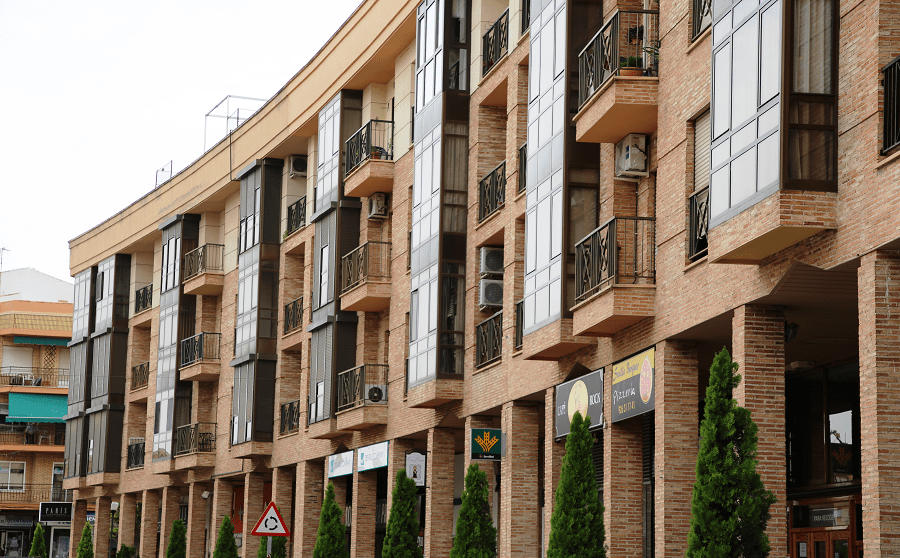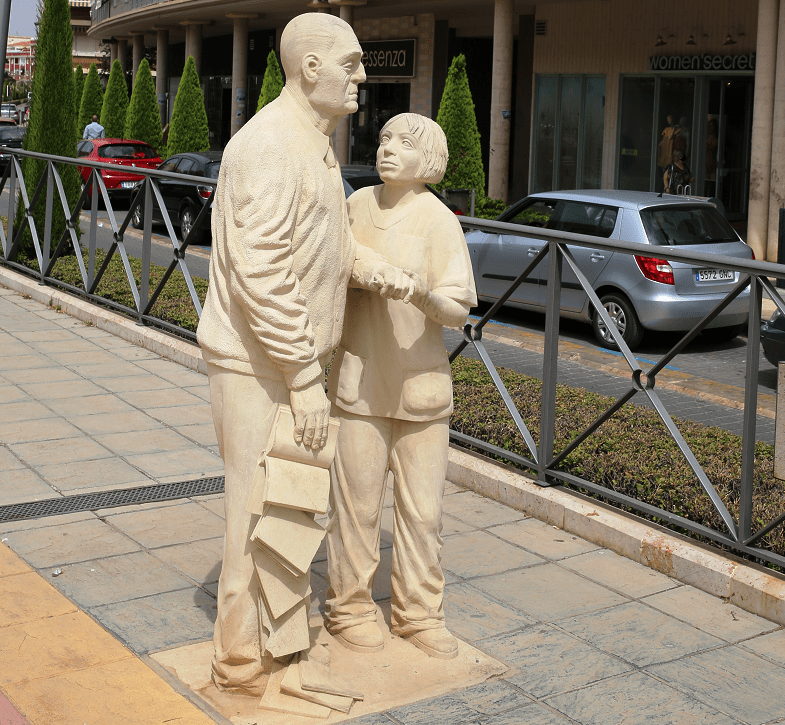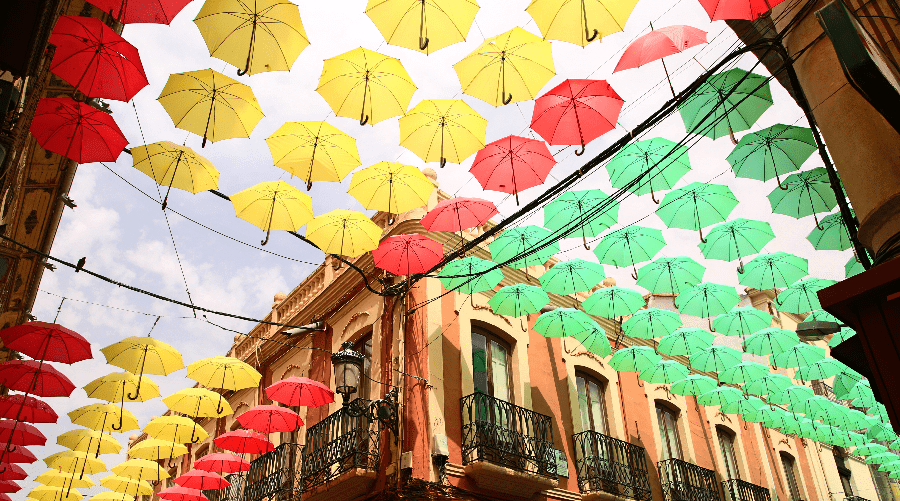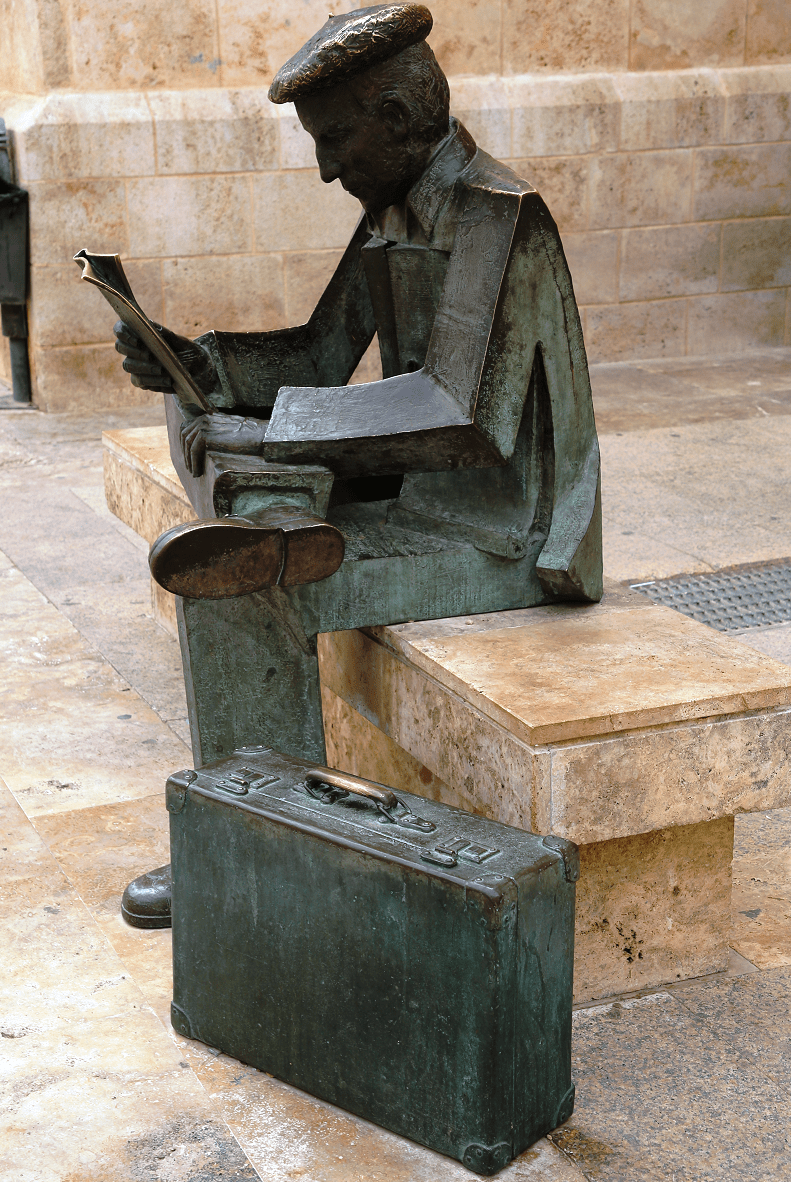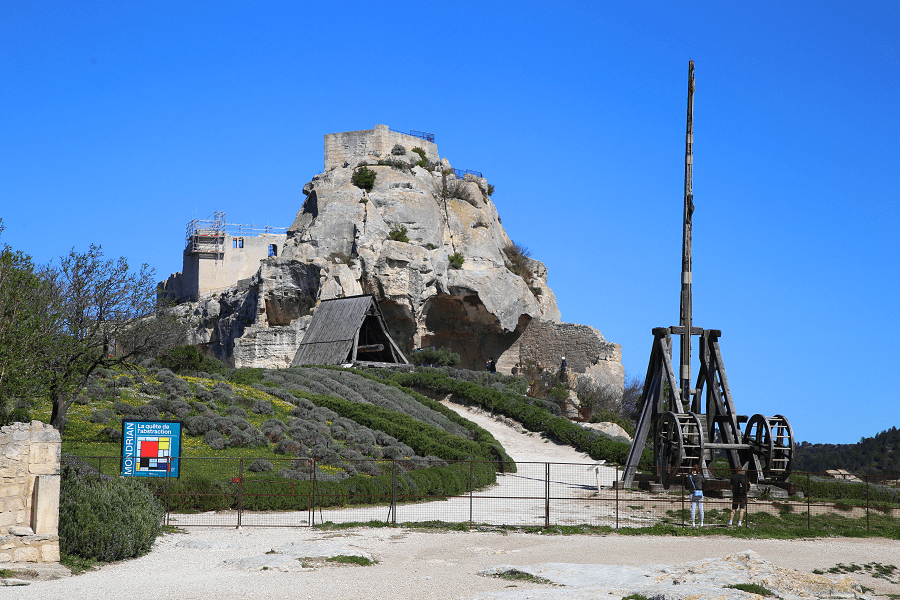Valdepeñas is a municipality and a city in the province of Ciudad Real, in the autonomous community of Castilla-La Mancha, Spain.
It is the head of a judicial party that groups together six other municipalities. Its has the popular nickname “City of Wine”.
After rapid growth in the late 19th century the town became home to large distilleries, tanneries, flour mills, cooperages, and other factories, as well as hot mineral springs, but its chief trade was in red wines. The city continues to be famous for its wines and is the centre of a grape-growing district.
Valdepeñas wines are among the most popular in Spain and recently in EU countries. In addition to the food and wine industry, there are small and medium industries located in several industrial parks.
A part of the Don Quixote Route.
Tourism and main attractions
Iglesia Parroquial de Ntra. Sra. de la Asunción, from the end of the 12th century one of the most outstanding monuments of Valdepeñas. Located in the Plaza de España. Its origins can be located at the end of the 12th century and the beginning of the 13th century, being originally part of the fortress of the Knights of Calatrava. The facades has strong buttresses and several doors. On the south façade, the one that overlooks the Plaza de España, the “Puerta del Sol”, dating from the second half of the 15th century and dedicated to the Assumption, in the Elizabethan Gothic-flowery style, and the “Puerta de los Catechumens “, of possible Romanesque origin, which appears framed by a lintel that housed an image of the Pieta.
Iglesia de los Trinitarios together with the Church of Our Lady of the Assumption they are the most outstanding Churches of the City of Valdepeñas. The current Church, belonging to the convent founded in 1596 by Juan Bautista de la Concepción, is in the classicist baroque style and was built between 1615 and 1632. In 1857, the complex, except for the Church, was rebuilt after its acquisition by Sister María Cándida de San Agustín, becoming the Convent of the Augustinian Mothers.
Among other religious buildings are the Hermitage of Veracruz, currently “Francisco Nieva Auditorium”, with a very simple basilica plan, divided into three naves, located in the square of the same name and presumably built in the 16th century on the Valdepeñas synagogue.
Another site is the Church of the Santísimo Cristo de la Misericordia, from the end of the 17th century, to the Hermitage of San José, from the beginning of the same century, which houses a magnificent carving of Jesus from the 18th century, the Hermitage of San Marcos, La Magdalena, San Juan and the Church of the Virgen de las Cabezas.
Plaza de España is the historical and social center of the city of Valdepeñas. In it stood, in other times, the Casa del Comendador, built on the last remains of a primitive fortress and later rebuilt as the Marqués de Santa Cruz Palace, Lord of Valdepeñas. It was located on the corner between the Plaza and Calle de la Virgen, which is still known locally as “the Palace slope.”
This urban space houses the Town Hall of the town, the Church of Our Lady of the Assumption, an interesting central fountain, whose motive is a wine press, and a multitude of other occupations, business and private, that are sheltered in its portals and households.
How to get to?
There is a railway station in the city.
Distances to the main cities:
From Ciudad Real 51 min (63.9 km) via Autovía del IV Centenario/CM-45 and Cd Real-Valdepeñas/CM-412
From Albacete 1 hr 57 min (200 km) via A-43
From Cuenca 2 hr 22 min (269 km) via A-40 and A-4
From Guadalajara 2 hr 23 min (257 km) via A-4
From Toledo 1 hr 26 min (155 km) via CM-42 and A-4
From Madrid 2 hr 4 min (204 km) via A-4
Main information
Area: 487 sq. km (municipality)
Coordinates: 38°45′59″N 3°23′59″W
Population: 30 252
Languages: Spanish
Currency: Euro
Visa: Schengen
Time: Central European UTC +1



